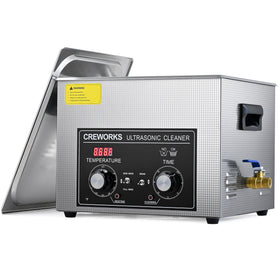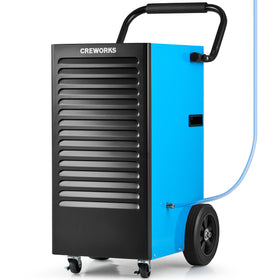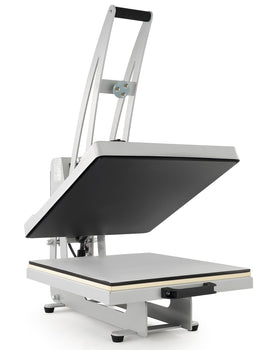With over 10000+ orders
With over 10000+ orders
A dehumidifier, be it a regular household model or a commercial dehumidifier, plays the same role: keeping moisture in check. However, to get the best out of your dehumidifier, you need to set it such that it takes out just the right amount of moisture, keeping our basement (or whichever room) dry enough, but not too dry as to cause any discomfort.
So, what is the best setting for a dehumidifier? How do you best set your dehumidifier such that you can stay comfortable, protect your belongings, and keep your home healthy year-round?
Under normal conditions, it is advisable to set your dehumidifier at 50% RH. 50% RH works because it provides the best balance of health benefits (reduces dust mites and allergens) and comfort (does not ever dry the air), and protects your building materials and belongings from moisture damage.
However, if the basement still feels damp, you can adjust the setting to 45-48% or up to 55% if it is too dry or for sensitive materials.
Therefore, the ideal temperature for a dehumidifier would be between 45% and 55%.

Again, 50% relative humidity (RH) is ideal for most dehumidifier settings for basements. However, certain conditions may call for adjustments:
If your basement still feels damp or musty at 50% RH, consider lowering the setting to about 45-48% RH. The lower humidity will help suppress mold growth, especially in areas prone to dampness or poor ventilation.
If your basement is still extremely dry, or if you have certain materials that may be damaged by over-drying (e.g., wood furniture or musical instruments), consider raising the RH of your dehumidifier to about 55%. This will help prevent the air from overdrying, which has been known to cause wooden floors and furniture to crack.
In certain seasons, like winter or summer, it is better to raise or lower the RH setting of your dehumidifier to counteract the external temperatures.
In summary, 50% RH is ideal most of the time, but conditions like damp spots, seasonal changes, or sensitive materials may require minor adjustments up or down.

Another common problem people face is that dehumidifiers do not always dry air evenly. Typically, the zones near the unit may be sufficiently dry, but distant corners remain relatively humid. So, what do you do?
To maintain a healthy average humidity throughout your basement, you need to find ways to measure the disparities in humidity levels throughout the room, then find ways to improve air circulation. Here’s what to do:
Start by measuring the humidity levels at different points in the basement. Place hygrometers at the following points:
Set the dehumidifier slightly lower than your target (e.g., 50% if you want ~55% average) to compensate for uneven distribution.

After determining the best setting for your dehumidifier, the next crucial step is to figure out where to correctly place the dehumidifier within the basement. There are two ideal locations to place your dehumidifier in the basement: a central open location (basically the middle) and near the area(s) with the most moisture.
When it comes to placing your dehumidifier, how you place it also matters. A dehumidifier must be placed such that it has enough clearance, and airflow is properly directed. Here are two important tips for placing your dehumidifier:
Pro Tip: If you have a large or divided basement, consider adding a second, smaller dehumidifier to cover the whole area. Or you can place fans in strategic areas to help the air flow more effectively. Perhaps at the entrance to each compartment.

By carefully setting your dehumidifier and monitoring your basement, you can prevent mold, protect your belongings, and create a comfortable environment all year round.
Consider the differences between humidifiers, dehumidifiers, and air purifiers.












Leave a comment